VILNIUS — You are seated in row 15A of an Airbus A320, descending from FL35 into your home airport. The weather is deteriorating rapidly; a line of heavy storms is approaching the airfield. ATC has informed your cockpit crew that the airport will shut down upon your landing.
The jet is yawing left and right as the pilots work to maintain the ILS to the runway centerline. You look outside and see rain slashing across the window as the plane’s wings flex beyond what seems possible. Even the engine is shaking on the wing. Lightning streaks across the sky. It feels like you’re riding an ancient rollercoaster. Suddenly, the plane jolts and bangs, and it feels as if you’ve just dropped 100 feet. Overhead bins pop open. A few passengers scream. You think you hear someone crying.
And despite this aircraft being, say, 15 years old, you’re having the time of your life. That’s because you know that, in addition to the crew being perfectly trained to handle such tricky landings, this aircraft has been firmly built and maintained and kept in like-new condition so that it can handle just about anything Mother Nature throws at it.
It is one of the outstanding technical achievements of modern aviation that commercial planes remain airworthy for decades before being scrapped. In fact, it is typically the advent of a newer, more economical plane that sends a jet to the graveyard—not its poor condition. And performing that life-prolonging work are several extensive and not-so-large technical operations facilities and MROs (Maintenance, Repair, and Overhaul) that offer world-class maintenance, allowing airlines to put their passengers’ lives literally in their hands.
Some, like Delta Tech Ops in Atlanta and Lufthansa Technik in Frankfurt, are operated by airlines themselves, providing services for both their own and client aircraft. Others are independent players working on aircraft on a regional and even global scale.
On behalf of Airways, I was invited to visit one such independent operation, FL Technics, based in Vilnius, Lithuania. During a whirlwind two-day trip, I had the chance to interview CEO Žilvinas Lapinskas and other team members to learn about the company and its plan for international growth, tour its headquarters office, visit its base maintenance facility, and take a guided tour of its engine shop.
What I saw and heard during the trip was enough to blow any AvGeek’s mind, and I’m grateful for the chance to take you along for a vicarious recap.
I flew on Lufthansa from Atlanta (ATL) to Frankfurt (FRA), where I connected to Vilnius (VNO). My hotel was right on the edge of Vilnius Old Town, the city's historic medieval quarter. It was a great location- enabling me to get out and explore exquisite sites when I was not out with the company.
On my first day, another reporter and I were driven from the hotel to the company’s Aero City office complex in the modern part of the capital city. There, we met Mr. Lapinskas, who welcomed us into his office—a bright, airy space—where he gave us a presentation not only on his company but also on the MRO industry as a whole.
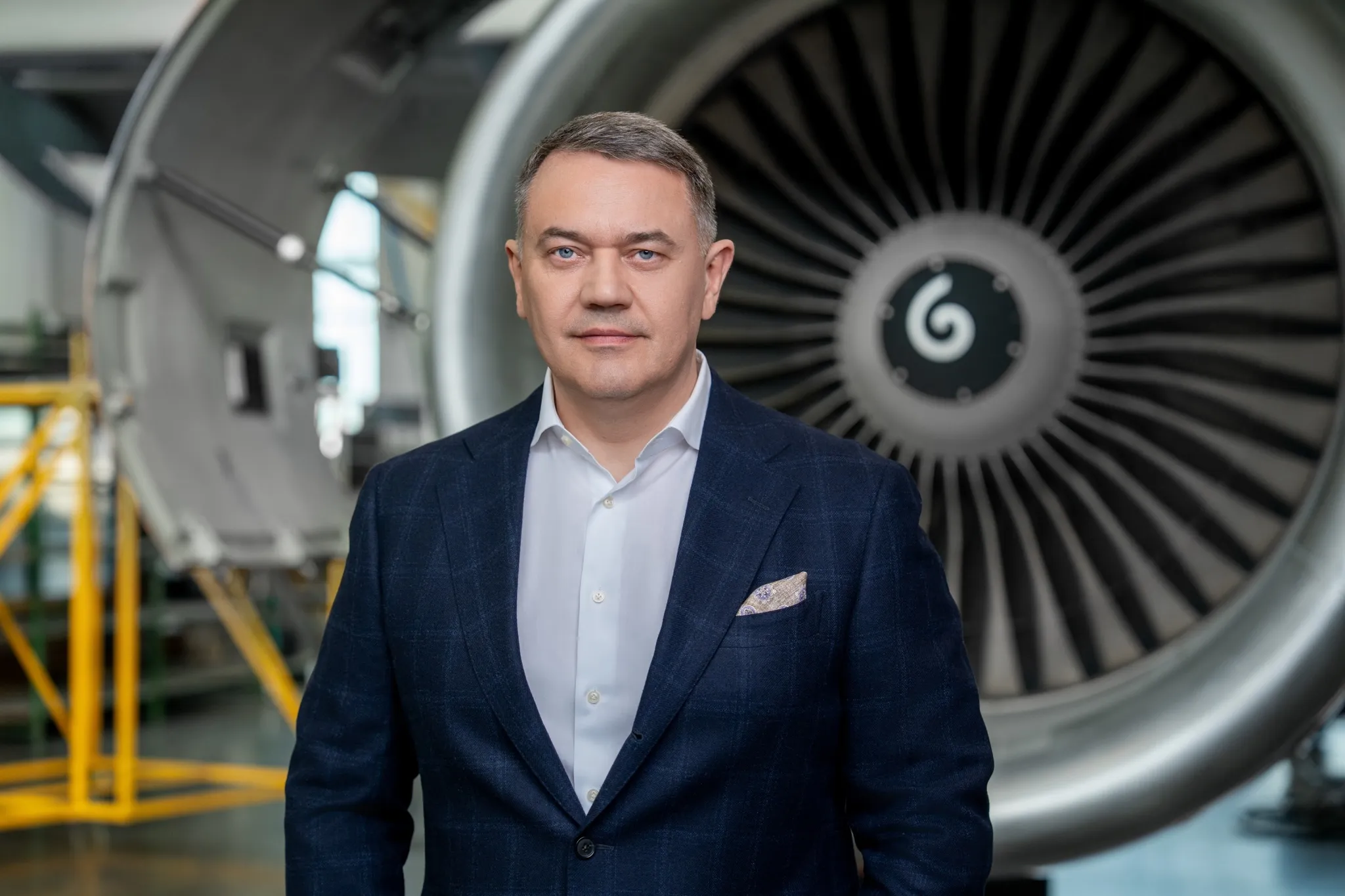
Group Structure
FL Technics is part of the Avia Solutions Group (ASG), the largest ACMI provider with over 200 aircraft operating worldwide. For over 20 years, the company has offered a full range of MRO services. This includes base & line maintenance, parts and materials trading, full aircraft engineering & design, aerospace logistics, wheel and brakes solutions, engine repair, and technical training services – for more than 500 customers around the world.
The majority of the company's revenue comes from base and line maintenance and engine and component work. And it is in these base maintenance and engine repair shops where the heavy work takes place. Aircraft come in for anything from a minor fuselage repair to a major stripped-down-to-the-airframe overhaul.
Planes are lifted on jacks while their landing gear is replaced; the entire interior is removed and completely gutted of all avionics. While in the engine shops, powerplants are reduced to a series of parts laid out on shelves.
Growth Machine
Mr. Lapinskas has led FL Technics since 2013, and under his guidance, the company has expanded from being a regional Eastern European player into a global operation of 3,000 employees. In 2024, revenues were approximately €400 million, with aspirations to grow that organically and via acquisitions to €1 billion by 2030.
The company focuses on narrow-body commercial aircraft – Boeing 737 NGs and MAXs, and Airbus A320 CEO/NEO family. The engine shop in Kaunas works exclusively with the power plants used on those planes – the CFM 56-3/5/7 and, in the future, the Leap-1A and 1-B.
Such growth doesn’t come cheap. To finance the expansion, in 2021, a US private equity firm, Centares, invested €300 million in ASG, which was later converted into a 20% equity stake. Also, ASG successfully listed US$300 million in unsecured senior notes on Euronext Dublin in early 2024.
With a mission of “Shaping a Safer Aviation World,” FL Technics supports operations throughout Europe, the Middle East, South Asia, and across Canada.
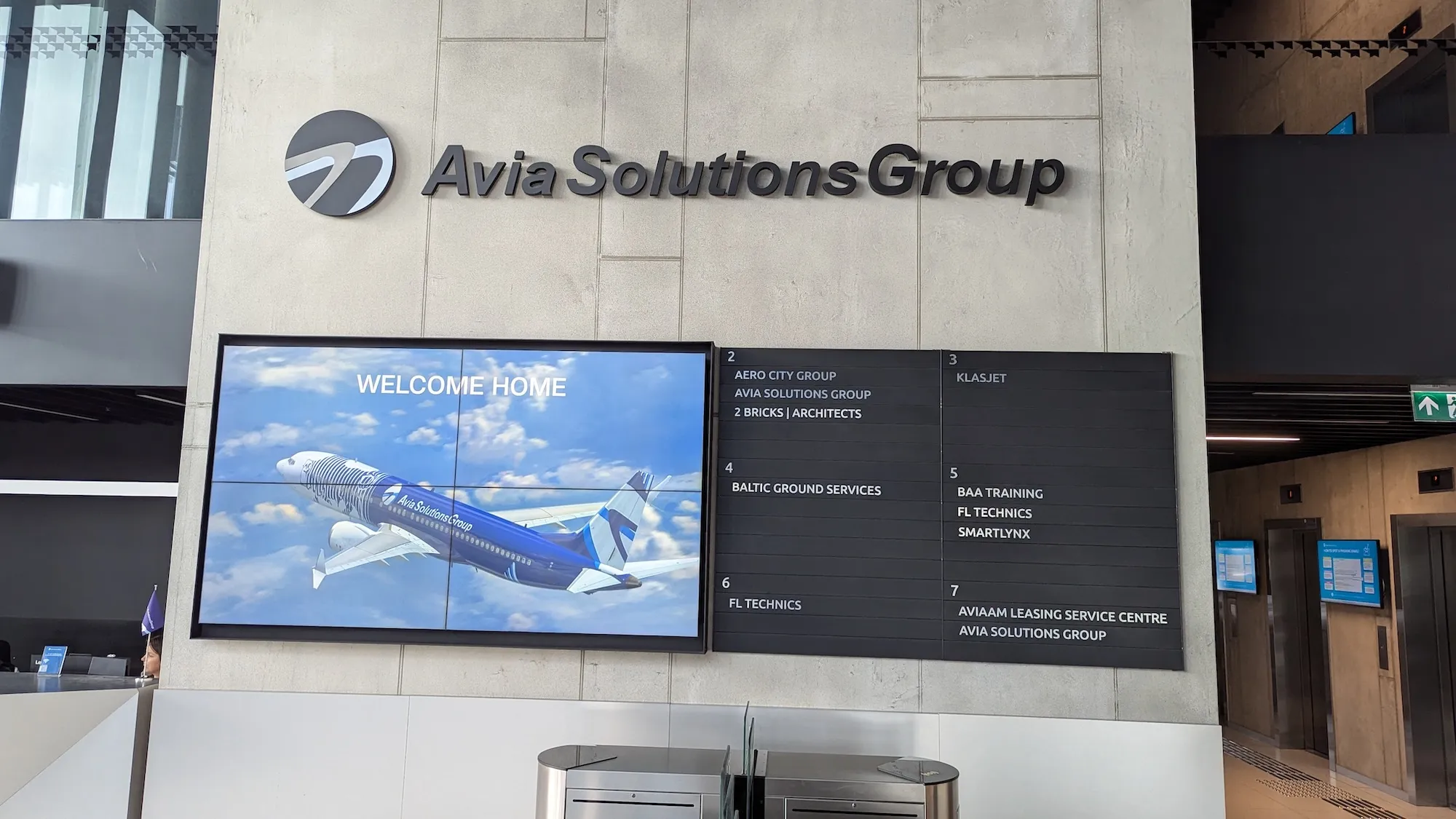
People
A company in growth mode, like this one, needs people. And Mr. Lapinskas notes that finding qualified workers is one of the bottlenecks FL Technics – and other aviation companies – face. But the company has taken a proactive approach in solving this problem.
“We put articles in the local media. We give scholarships to the local universities to encourage young people to make a decision to join aviation. And we are happy that the number of students hoping to work with us has doubled for the last two years, which means our efforts are working. That's good, that’s what we need. We need younger people to attend training. We see fewer people who want to work with their hands, but robots can't do this. It’s a very complex and highly regulated field. So, we’re happy to be finding people who don’t want to sit in an office and are liking the career choice of working in aviation maintenance.”
He notes that once a mechanic is trained, a global company like FL Technics offers them the opportunity to work anywhere on the planet. “Young people can come to us and get their Part 145 certification and then go work anywhere we have operations, in Europe or in the Middle East or in Asia. It’s a great opportunity for them to see the world doing work they love, united with their colleagues through the language of aviation.”
He is optimistic about the long-term prospects of both his business and employment opportunities for technicians in the field. During his presentation, he cited forecasts indicating that over the next 10 years, approximately 10,000 aircraft will join the global commercial fleet. That means more events requiring maintenance… and more technicians needed to do the work. “With the certifications and experience, you can have a good-paying job that, for 10 or 15 years at least, will not be replaced by robots.”
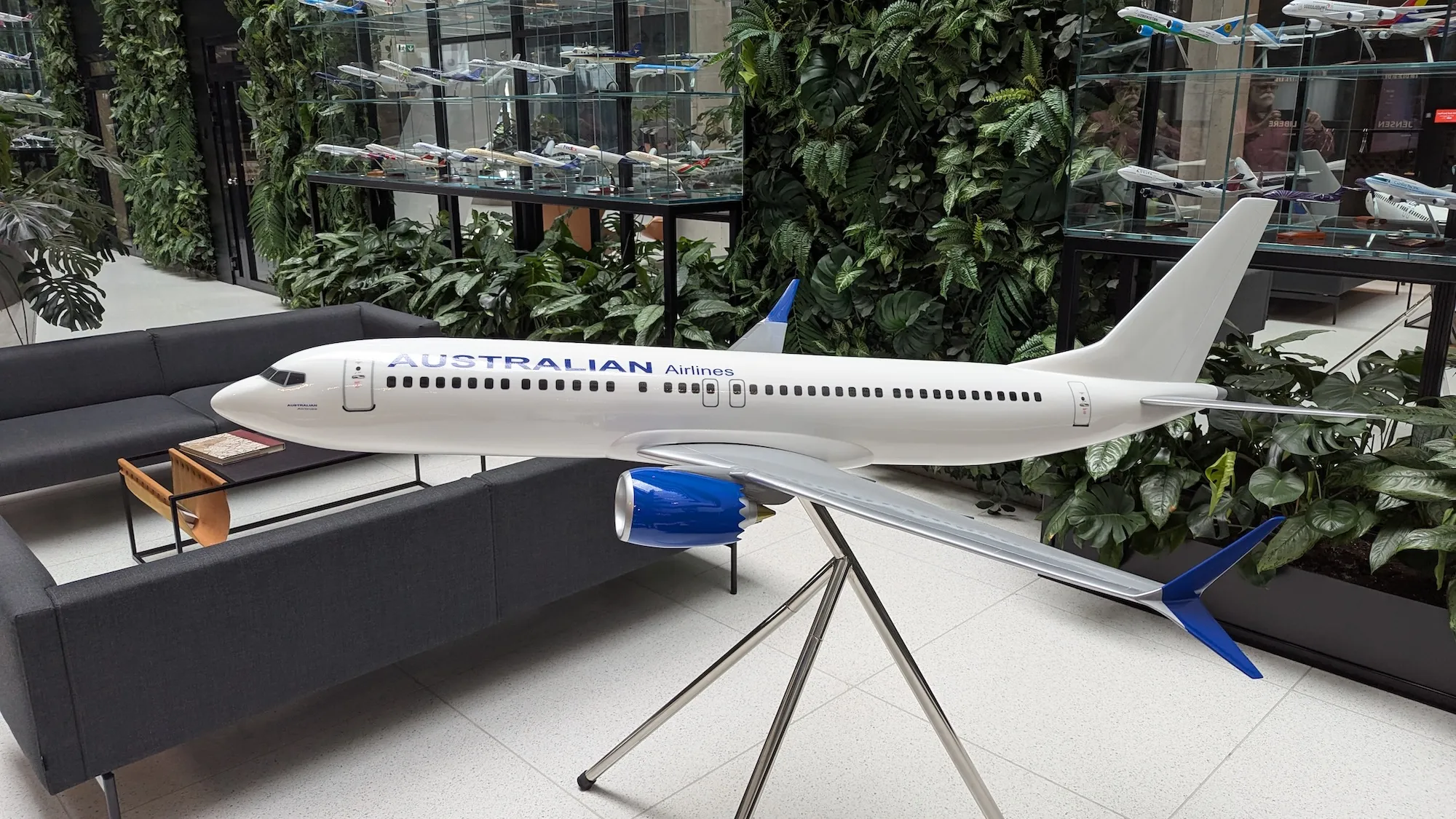
Punta Cana
FL Technics is a global operation, with a presence in North America through a series of line maintenance facilities across Canada. In the past eight years, it has opened heavy- and base-maintenance facilities in Bali (2024) and Jakarta (2017). But the glaring hole in its current international map is the US, where the company has no presence. Mr. Lapinskas attributes that to two reasons: tech operations already supported by domestic airlines and cost. It is expensive to operate in America.
“We entered line maintenance in Canada by buying a company during Covid, he says. “Next, we were considering options on how to enter the US market. One option was to buy an existing MRO somewhere in the United States. Another option was to build a new one. Our options included looking outside the US but still in the general region. Eventually, we decided to build a new MRO in Central America because of the lower cost. In such a location, we can get US airline customers who are looking for less expensive solutions.”
The chosen location? Punta Cana (PUJ), Dominican Republic, less than 1000 air miles from Miami (featured image). PUJ is the busiest airport in the Dominican Republic, and the second busiest in the Caribbean, behind Puerto Rico's Luis Muñoz Marín International Airport (SJU). In 2022, PUJ moved 8.3 million passengers with almost 50,000 commercial aircraft operations.
“The large number of flights into Punta Cana makes it easier for us to fly in spare parts,” Lapinskas said.
Indeed, the facility at Punta Cana is already under construction. The initial hangar of 20,000 sq meters will contain five bays, with the first two opening simultaneously and the other three becoming operational at three-month intervals. As business needs dictate, the plan is to grow the base to 20 hangars, providing a full range of maintenance needs. It will continue FL Technics’ focus on serving narrowbody aircraft, including the Airbus A320 family and Boeing 737NG and MAX.
Initially, about 10 workers from Lithuania (who are learning Spanish) will be temporarily assigned to the PUJ facility to share their knowledge of the company’s practices and production system. Eventually, up to 2,000 long-term technical jobs will be created in the area—a huge economic boost to the island.
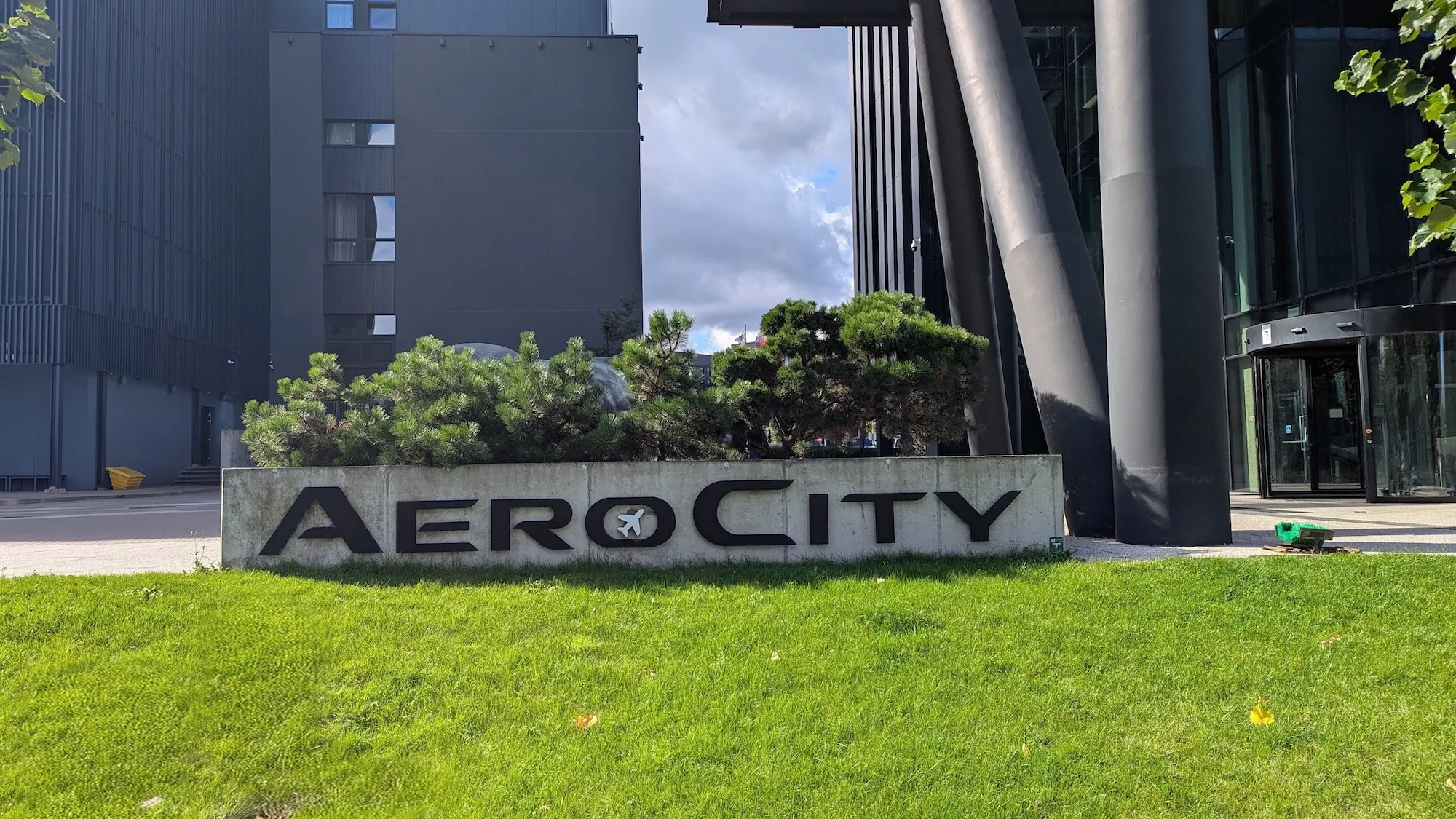
New Bay Layout
In a change for FL Technics, the hangar layout here will be configured like a five-car garage, with each aircraft having its own pull-in/push-out bay. This layout is more expensive to build than a traditional setup where several aircraft are parked in a single ample space. But it allows each jet to move in and out of the facility without disturbing other planes, ultimately leading to faster turnaround time and lower costs – something that will be required to compete for US business.
Although he could not provide names, Mr. Lapinskas says the company is close to signing contracts with airlines and leasing companies to service their aircraft at the facility.
But back to hiring: that’s a major hurdle to opening the base in Punta Cana—finding and training the right people. “We’ll be looking all over for qualified workers, even in the US,” Lapinskas says. “We know there are many Central and South American technicians in the US. Maybe they’ll want to move closer to home and work in a brand-new facility.”
Spare Parts, TAT
Another bottleneck encountered is the availability of spare parts, from both manufacturers and donor aircraft. “Used parts are perfectly fine for use on aircraft,” Lapinskas emphasizes. “And they’re significantly less expensive. If we had to use new parts in all our maintenance, airline ticket prices would not be affordable. No one would fly. But sometimes it’s not easy to find the part we need. So, we have a group of people working with around 300 global suppliers to get us what we need. We are incorporating AI agents to help with the process, and we’re still developing our methods in that area.”
“To our customers, the primary concerns are price, quality of the work, and turnaround time – TAT.” It’s a juggling act. If one facility can get the work done at a certain price in 17 days and another facility can get the work done in 14 days but at a higher price, does the faster turnaround time justify that higher price? Will the shorter TAT enable the aircraft to earn enough revenue to offset the higher maintenance cost? It’s imperative that we be competitive in all three areas.”
Mr. Lapinskas says FL Technics’ unique competitive advantage is, of course, the highest-quality work. “We do world-class work,” I was told repeatedly by several company representatives. But there’s more. “There’s also our flexibility. Of course, flexibility costs money. But that flexibility helps the customers save money. We offer the highest quality, flexibility, and a very good customer approach. I believe we treat our customers in a very good way.”
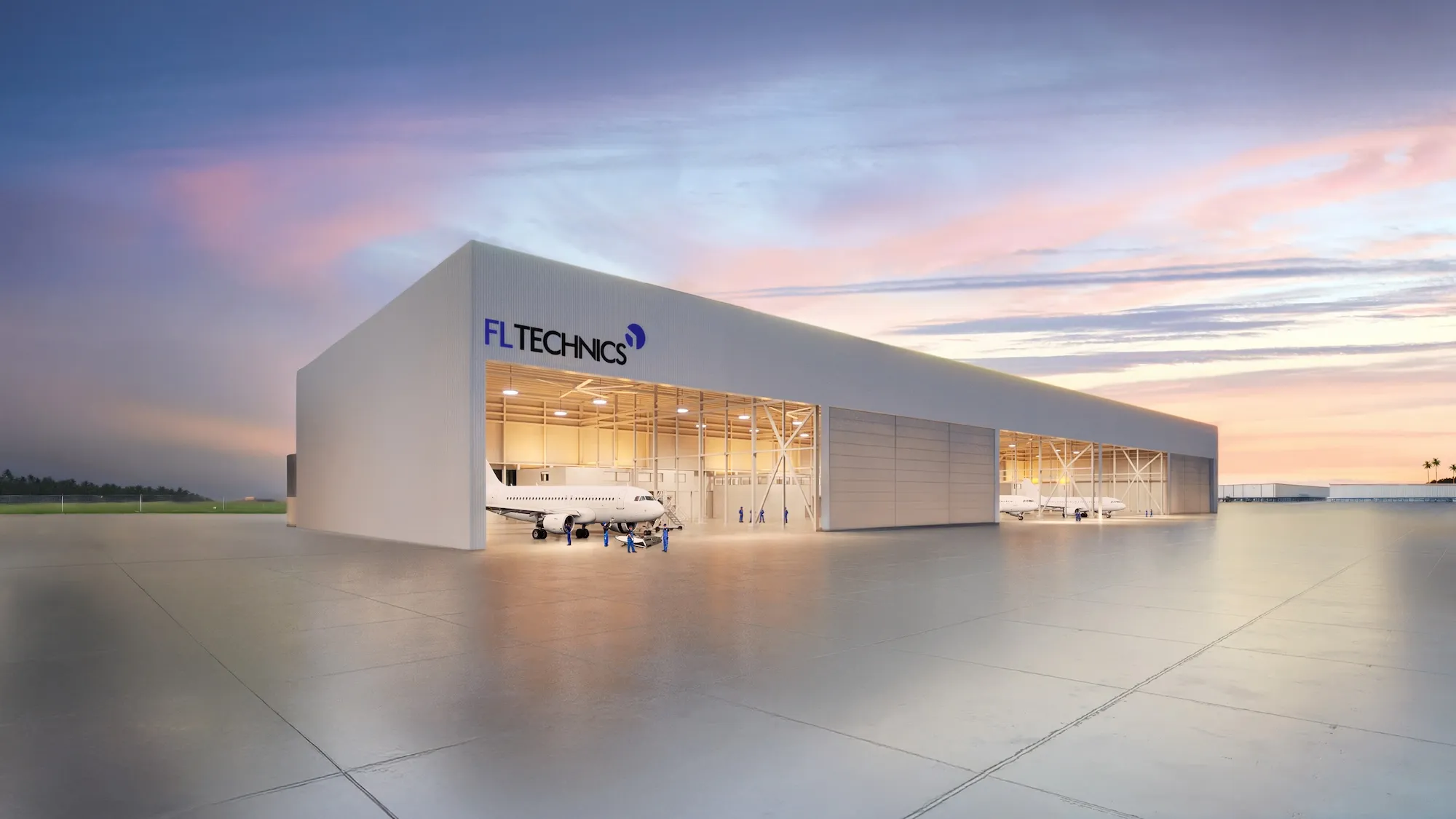


.webp)
